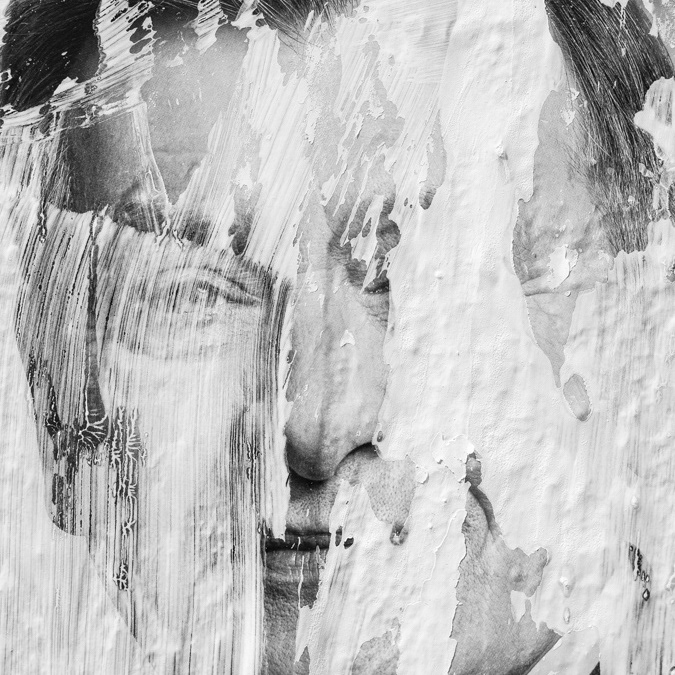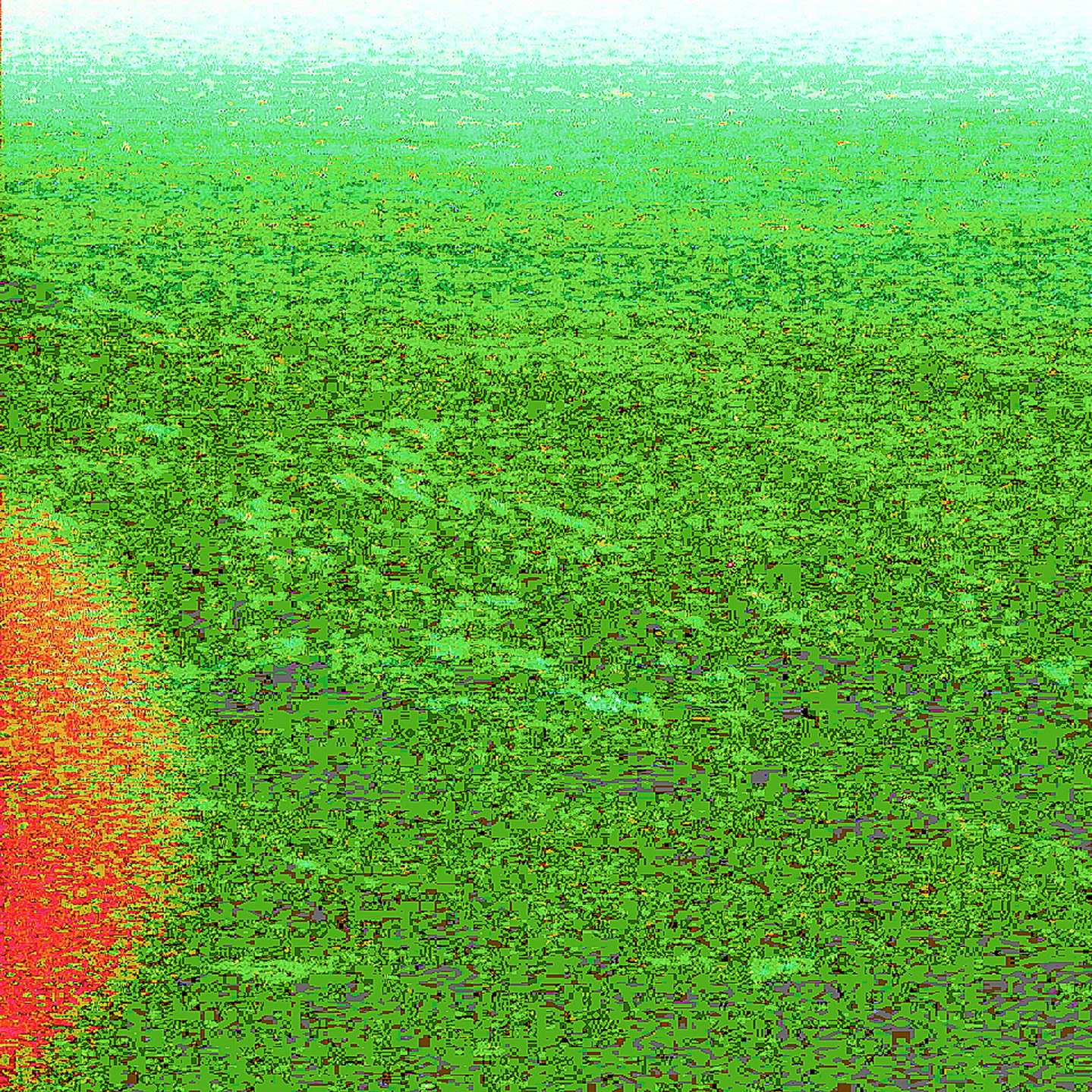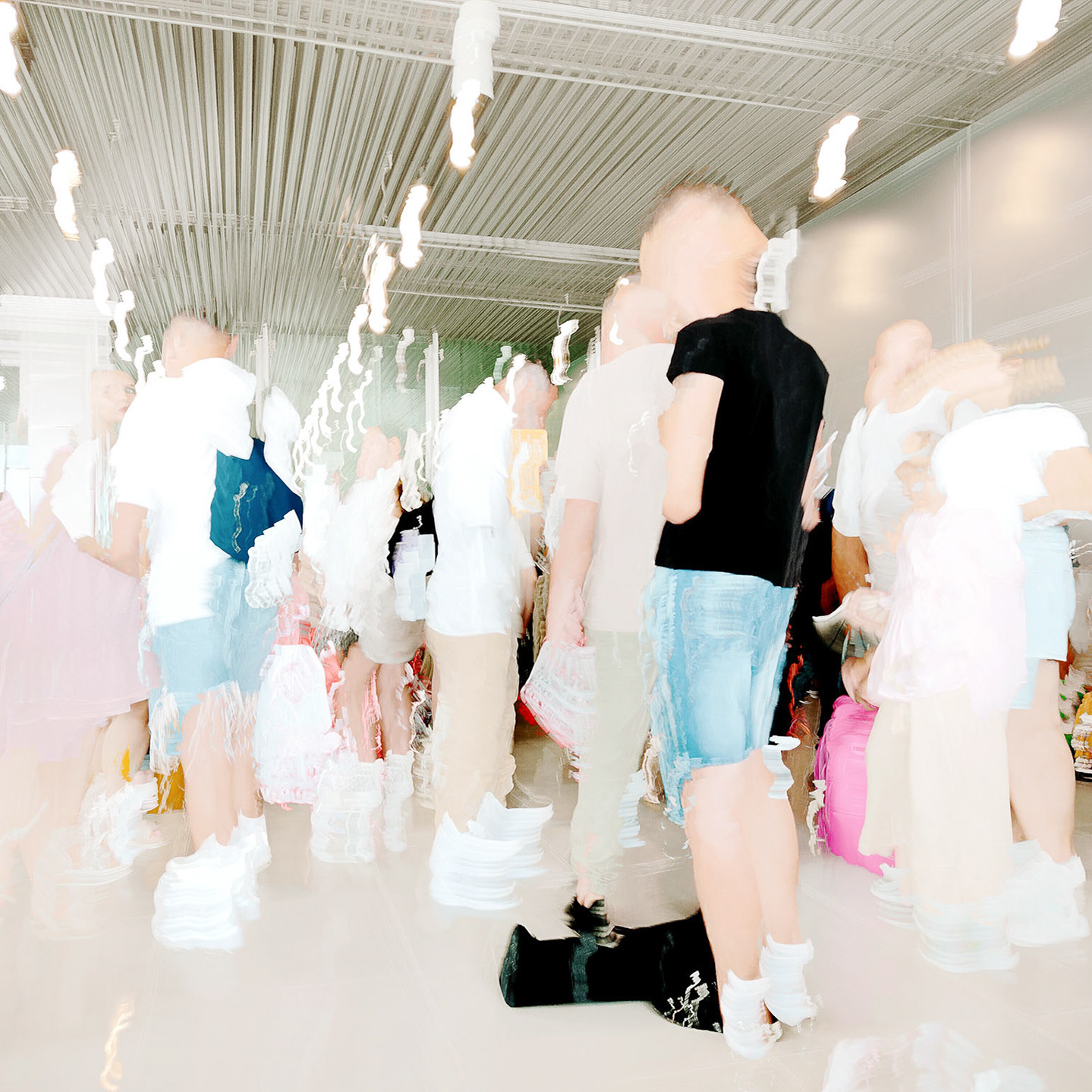
A Trace Of You
In Communist Romania's standardised grey apartment blocks, potted plants were quiet acts of resistance that brought warmth, colour, and life to otherwise sterile and impersonal spaces. They were gestures of individuality - a declaration of presence and humanity. This work engages with that history through a photograph from the Communist period. I discovered the photo in an antique shop: three men proudly posing with a potted plant, as if cherishing a companion.
Using the technique of chlorophyll printing, the picture is printed directly onto living leaves collected from the very same apartment buildings where such plants once lived. The choice of material creates a conversation between medium and subject: a plant reproducing its own image through human memory. Some of the prints are imperfect, mirroring how memory itself can deteriorate. The work ponders how both histories and lives only endure in delicate, fractured remains.

Muscle Memory
Hunger Circuses, by name, because of how they appeared, were large buildings constructed in Communist Romania as hubs intended to feed the populace. Two were completed when Ceaușescu was executed in 1989, and several others were unfinished. Over the following years, the buildings were either repurposed or demolished.
Muscle Memory provides a contemporary image of one such structure, the surviving Hunger Circus in Pantelimon, now a public market. The image is printed on thin slices of meat. The number of slices match the monthly ration given to a family of three under the regime. Here, the monumentality of the structure and the vulnerability of the medium are combined, evoking history's gravity and the memory of hunger.

Election Interference
Election Interference is a document of defaced election posters from the Romanian presidential elections (2025). The candidates themselves were running after Călin Georgescu's disqualification for verified Russian interference. The defaced faces are a spontaneous response - equal parts satire, equal parts protest.

Faint Transmission
Faint Transmission draws on the beliefs of the Aetherius Society, a UFO religion founded in 1955 by George King, who claimed to have received telepathic messages from extraterrestrial beings. The group continues to perform rituals on Brown Willy, a Cornish hill which they believe is a point of contact. Reimagining the landscape as a signal, the series employs an iconography drawn from early space imaging. The work translates the ordinary into the alien, rendering Brown Willy remote and indefinite, like messages from afar that suggest the tenuousness of distant communication.

Transit
Transit employs long exposure photography to transform the concept of waiting from passive to dynamic. It highlights the contrast present in transport, capturing moments that are both suspended in anticipation and filled with the continuous movement of travel.